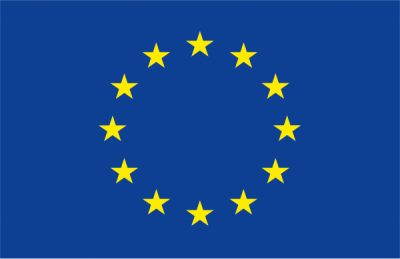EMME-CARE
A regional Centre of Excellence for climate and atmosphere research in the Eastern Mediterranean and Middle East region.
What We Do
Our Latest News
-
![CARE-C researchers join 7th HAAR Summer School 2025]()
CARE-C researchers join 7th HAAR Summer School 2025
June 27, 2025 -
![CARE-C’s Dr Eirini Chrysanthou Nominated for Madame Figaro Women of the Year Award]()
CARE-C’s Dr Eirini Chrysanthou Nominated for Madame Figar…
June 24, 2025 -
![Successful Conclusion of the 5th Annual Workshop on Innovation in Atmospheric Measurement Techniques]()
Successful Conclusion of the 5th Annual Workshop on Innov…
June 16, 2025 -
![CARE-C Researchers Deliver Specialized Training at the Saudi National Centre for Meteorology]()
CARE-C Researchers Deliver Specialized Training at the Sa…
June 10, 2025 -
![A Volatile Stressometer at the Ecosystem-Atmosphere Interface]()
A Volatile Stressometer at the Ecosystem-Atmosphere Inter…
June 05, 2025 -
![Meeting of the Seven Centres of Excellence of Cyprus with the President of the Republic of Cyprus]()
Meeting of the Seven Centres of Excellence of Cyprus with…
June 04, 2025
Research Highlight

Identification of New Particle FormationEvents Using a You Only Look Once (YOLO) Deep Learning Algorithm
A new study published in the ACS ES&T Air special issue “Elevating Atmospheric Chemistry Measurements and Modeling with Artificial Intelligence” introduces, for the first time, a deep learning method—the You Only Look Once (YOLO) algorithm—to detect atmospheric new particle formation (NPF) events. NPF events involve the formation and growth of molecular clusters, which is a key process that influences air quality, climate, and human health. The study is led by Rajat Bhandari, under the supervision of Dr. Vijay P. Kanawade (CARE-C, CyI) and Assoc. Prof. Chandan Sarangi (Indian Institute of Technology Madras, India), with support from a global team of collaborators, including colleagues from CyI (Dr. Michael Pikridas, Prof. Jean Sciare, and Assoc. Prof. Tuija Jokinen).
Find us
Cyprus Institute
2121, Aglantzia
Nicosia, Cyprus










